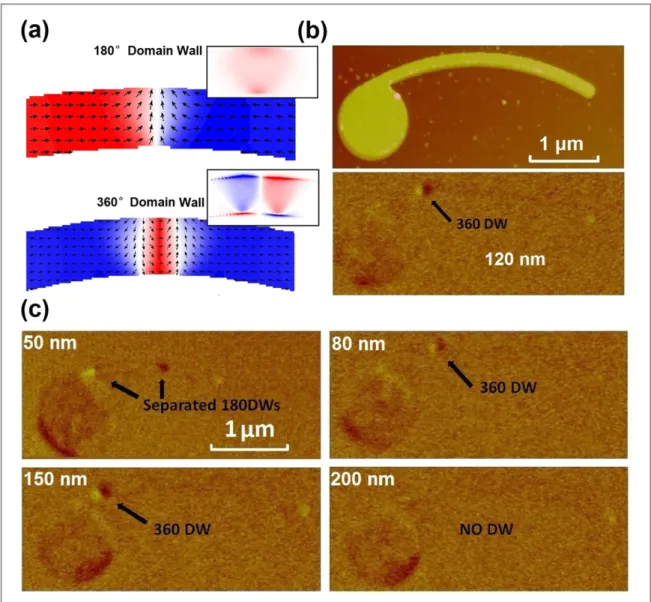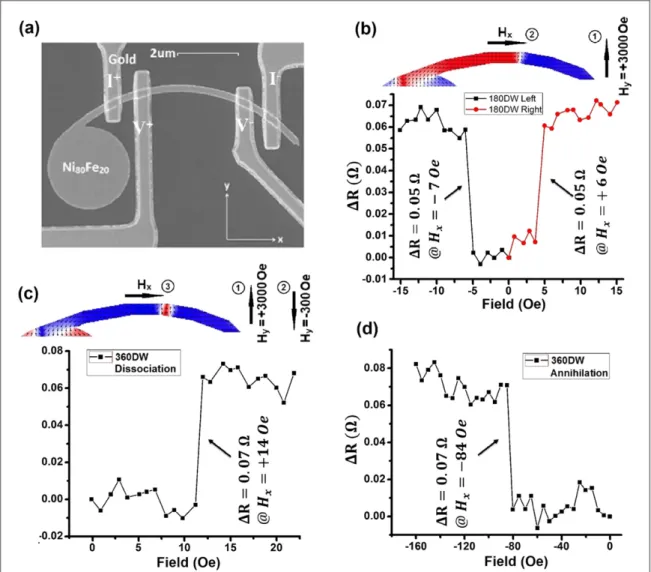360° domain walls: stability, magnetic field and electric current effects
Texte intégral
Figure




Documents relatifs
In our presentation we first recall Schmidt’s kinetic theory and its extension (i) for the cases of plasmoids which are either stopped by non-uniform magnetic fields distributions
DW propagation across a 2D array of asymmetric defects is characterized by two different field scales corresponding to the softer propagation mode in each sense [9,11]: H F the
The figure indicates that undoubtedly diamagnetic quartz particles in water were captured in this superconducting HGMS system to a small amount, and that the magnetic capture
They provide a pure state quantization of the phase space R 2N endowed with a magnetic symplectic
We start by briefly reviewing the geometry of the classical system with a variable magnetic field [23, 28], the structure of the twisted (magnetic) calculus [13, 16, 22, 25, 29] and
The general nonlinear mechanical properties of the viscoelastic fluids greatly complicate the calculation of their hydrodynamic flow characteristics, especially when the flow
A current density gradient is found either to stabilize domains with walls perpendicular to current lines or to produce fingerlike patterns, depending on the domain wall
Nature Communications, Nature Publishing Group, 2012, 3, pp.999.. Femtosecond magnetization phenomena have been challenging our understanding for over a decade. Most experiments
